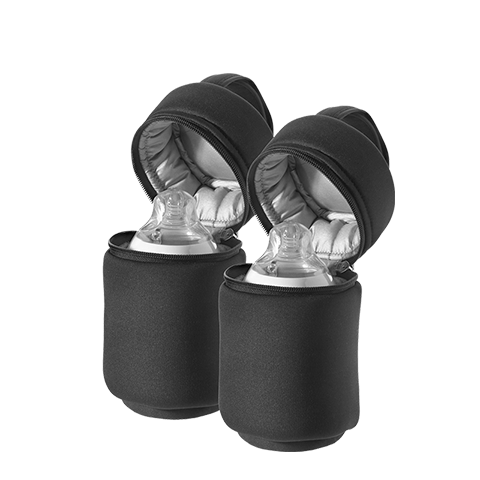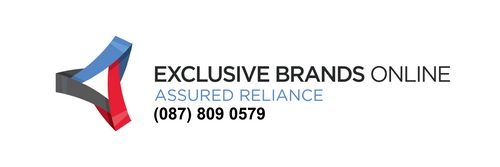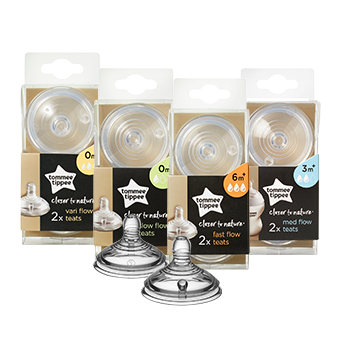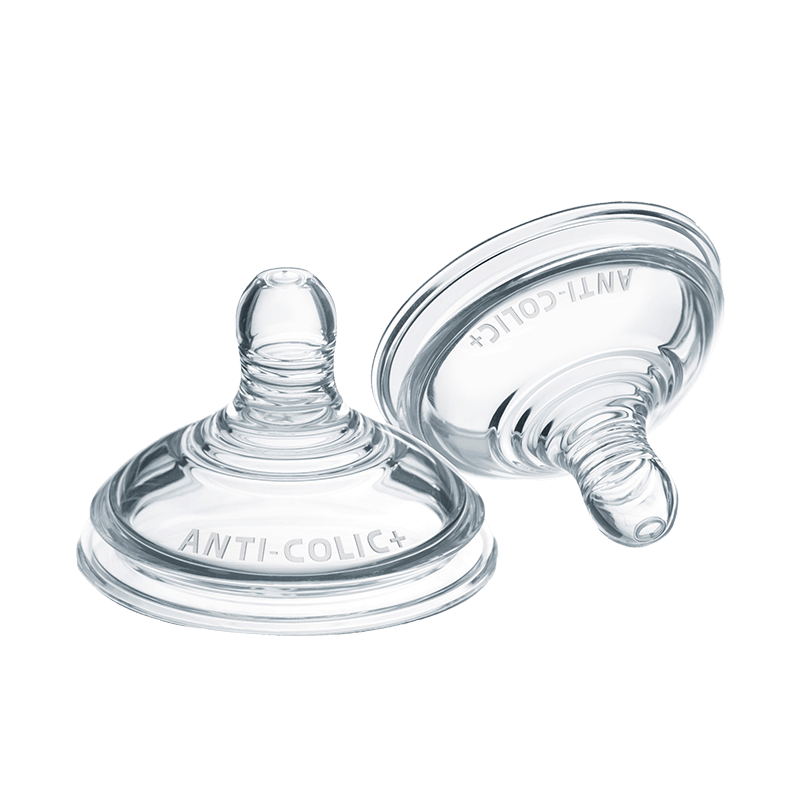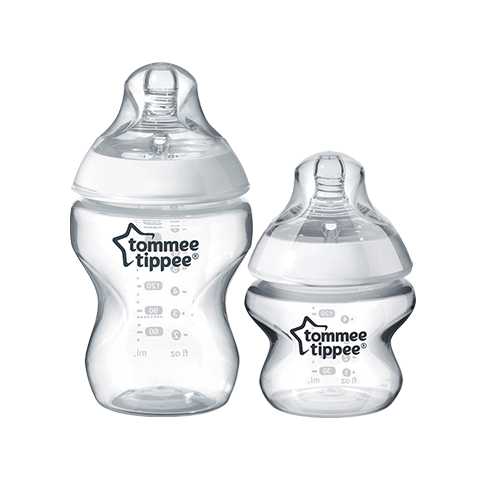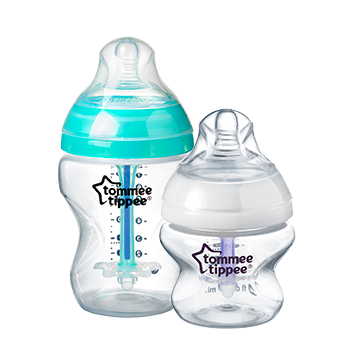Cleaning & Maintenance
Can I put bottles and nipples in the dishwasher?
Yes you can. Pop them on the top shelf though. As with all white and clear plastic things they can get a bit stained and yucky-looking in the dishwasher (blame that bolognese sauce or carrot soup you had last night). If they do get discolored there's nothing to worry about - they're perfectly safe, they just don't look as inviting,
DOS
Before first use, disassemble all parts and place in boiling water for 5 minutes, this is to ensure good hygiene
Clean before first and each use
Always wash the product immediately after each use
Clean in warm soapy water or in dishwasher (top shelf only)
Ensure that you take apart the venting wheel (D) and venting tube (E) and clean thoroughly with the brush provided
For cleaning other bottle parts, use a Tommee Tippee bottle and nipple brush
Sterilize all parts of the bottles after cleaning and before use (all bottle parts are suitable for sterilization by steam (electric or microwave), boiling or cold-water tablet/liquid solution.
Inspect before each use and pull the teat in all directions
Throw away at first sign of damage or weakness
For safety and hygiene reasons we recommend replacing the feeding teat every 2-months
DON'TS
Do not clean with solvents or harsh chemicals
Do not allow product to come into contact with oil-based foods e.g. tomato based sauces or carrots
Do not turn the teat inside out for cleaning as this could damage it
Do not store or leave in direct sunlight or near a source of heat, or leave in disinfectant (“sterilizing solution”) for longer than recommended as this may weaken the teat
Do not store with or allow to come into contact with solvents or harsh chemicals
Not suitable for use in a conventional oven or a combination microwave with the grill feature switched on
Do not heat in a microwave with the bottle sealed. Remove the nipple, screw ring and bottle hood first
